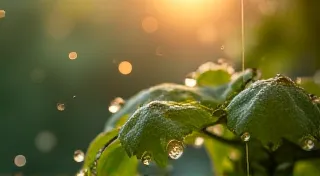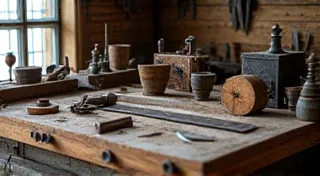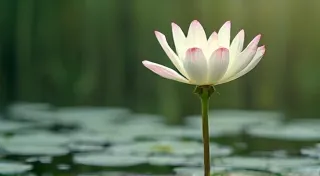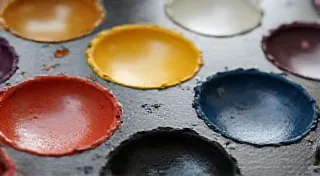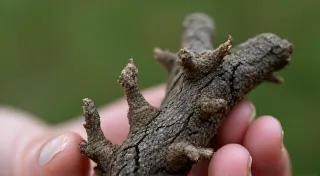A Palette of Sound: Matching Reeds to Original Timbre
There’s a certain magic to holding an antique accordion. More than just an instrument, it’s a time capsule, whispering stories of dance halls echoing with laughter, of traveling musicians sharing their joy, and of countless melodies woven into the fabric of a bygone era. Each crease in the bellows, each chipped pearl inlay, each slightly faded key tells a piece of that history. But the true soul of an antique accordion isn't just in its appearance; it's in its sound, a complex, resonant voice shaped by the very reeds that vibrate within.
I remember the first time I truly understood this. It was years ago, a beat-up Excelsior accordion from the 1930s. It looked… tired. The exterior needed significant work, yes, but the real challenge was the sound. It was muffled, lifeless, a shadow of what it once was. I’d been focused on the aesthetics, on the beautiful woodwork and the pearl keys, but I’d overlooked the most vital component: the reeds.
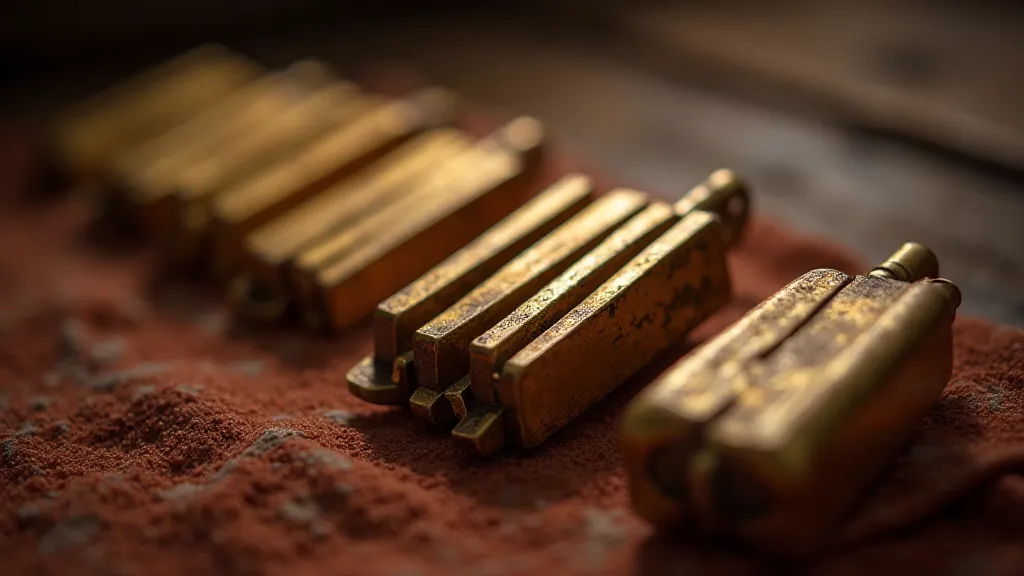
The Reed: The Voice of the Accordion
For those unfamiliar, accordion reeds are thin, precisely shaped strips of metal – typically brass or bronze – that vibrate when air is forced past them. These vibrations produce the notes we hear. The material, shape, thickness, and free reed length – that is, the portion of the reed that vibrates freely – all contribute to the tone. In antique accordions, manufacturers often experimented with different alloys and voicing techniques, resulting in an incredible variety of tonal colors. The connection between the design of these instruments and the styles of dance they accompanied is undeniable; understanding how accordion design influenced dance styles can provide deeper insight into the era of the instrument.
Modern accordion manufacturing has largely standardized reeds, prioritizing consistency and ease of production. While these reeds are perfectly functional, they often lack the depth, complexity, and character of their antique counterparts. It's a matter of nuanced differences, subtle imperfections that, when combined, create a uniquely expressive voice. Think of it like comparing a digitally rendered painting to an oil painting crafted by a master. The digital image might be technically perfect, but it lacks the soul, the texture, the story etched into the canvas by the artist's hand.
A Lost Art: Voicing and Selection
Restoring an antique accordion to its original sonic glory isn’t just about replacing broken reeds; it's about matching them—or finding replacements that, when voiced, will recreate the original timbre. This is a deep dive into both the mechanical and the aural. It's a skill that was once commonplace among accordion makers, but has largely been lost to time. Finding someone who truly understands the nuances of antique reed voicing is becoming increasingly difficult. The process of finding appropriate parts can be challenging in itself; sometimes, you have to become a detective, tracing lost components in antique accordion restoration, hoping to piece together the puzzle.
The process begins with careful listening. Analyzing the existing reeds—if any remain—is paramount. What alloy are they made of? How are they shaped? Are they voiced—that is, have their tips been filed to alter their resonance—and if so, how? This requires a finely tuned ear and a deep understanding of acoustics. It's about identifying the subtle characteristics that contribute to the accordion’s unique voice – the slight breathiness, the rich overtone series, the way the sound blooms and decays.
Finding replacement reeds is often a scavenger hunt. Antique accordion parts are rare, and many suppliers focus on modern reeds. Specialist suppliers, often run by dedicated collectors and restorers, are the best bet. Even then, there’s no guarantee of finding an exact match. Sometimes, it's necessary to work with a reed maker who can fabricate custom reeds based on measurements and descriptions of the originals.
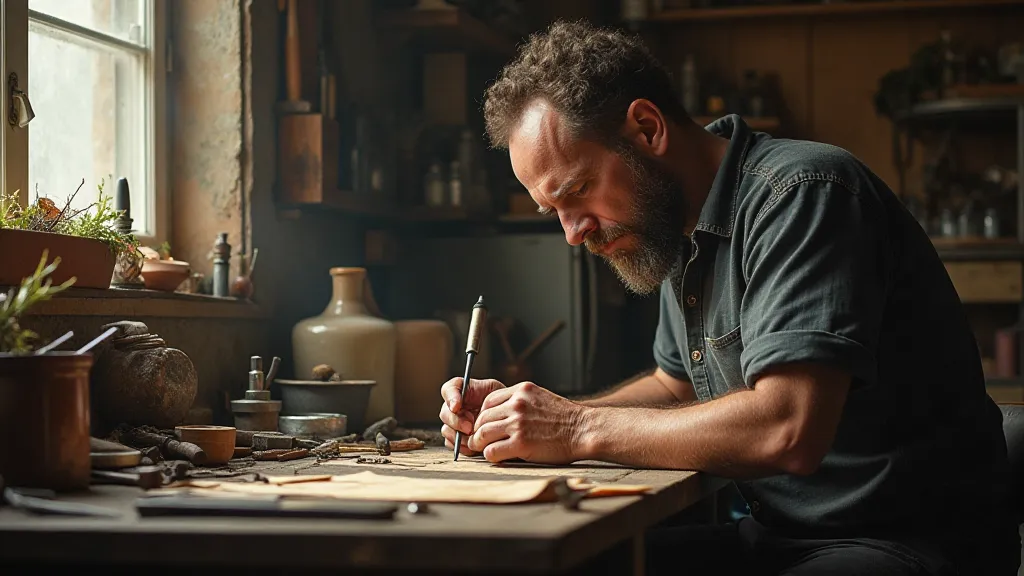
The Art of Voicing: Shaping the Sound
Once you have reeds that are at least tonally close, the real artistry begins: voicing. Voicing involves subtly manipulating the reed tips with specialized files to alter their vibration characteristics. A tiny adjustment – a few thousandths of an inch – can dramatically change the tone. It’s a process of trial and error, guided by the ear. Too much filing can make a reed brittle and shrill; too little and it may be dull and lifeless. It's a delicate dance between precision and intuition. The techniques used to achieve the right sound are surprisingly complex, and often involve more than just filing; it’s almost like applying leather cement in its careful and precise application.
Experienced restorers often develop a 'memory' for different reed voices. They learn to recognize the subtle clues – the way a reed responds to breath pressure, the harmonics it produces – and use this knowledge to guide their voicing adjustments. It’s a form of sonic fingerprinting, a way of unlocking the accordion’s hidden potential. They are the caretakers of a legacy, tasked with preserving not only the physical instrument but also its musical identity. Reconstructing the history behind an accordion requires a detective’s eye; it’s a process of deconstructing a damaged accordion’s provenance, piecing together fragments of information to reveal its journey through time.
Beyond the Mechanics: A Respect for History
Restoring an antique accordion isn’t just about fixing a broken instrument; it’s about preserving a piece of history. It’s about respecting the craftsmanship of the original maker and the music that was created on that instrument. Every decision, from the choice of materials to the voicing adjustments, should be guided by a desire to recreate the original tonal character.
There's a profound satisfaction in bringing an old accordion back to life, in hearing the music flow once again, in knowing that you’re contributing to the preservation of a musical legacy. It's a humbling experience, a reminder of the power of music to transcend time and connect us to the past. The faint crackle of the bellows, the resonance of the reeds—these aren't flaws; they're the echoes of a history waiting to be rediscovered. The process of bringing an instrument back to life often involves not just mechanical restoration but also a deeper understanding of the context in which it was created and used. The history of an accordion is intrinsically linked to the communities and cultures that embraced it, and restoring it properly means respecting that connection.
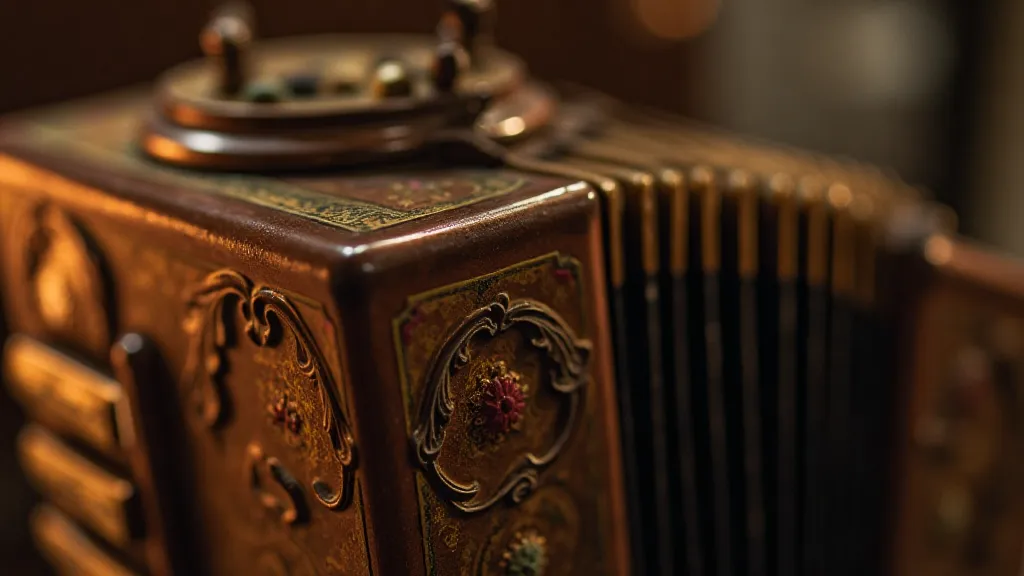
The Collector’s Perspective
For collectors, understanding reed replacement and voicing is crucial. An accordion that sounds authentic to its era significantly increases its value. However, ethical considerations are paramount. Overtly modern reeds, even if they sound "good," detract from the authenticity and historical accuracy of the instrument. Disclosing any reed replacement is essential for maintaining transparency and trust within the collecting community. It's not merely about achieving a pleasing sound; it’s about maintaining the integrity of the instrument’s historical narrative.
The restoration process can be incredibly rewarding, but it also carries a responsibility. Collectors and restorers are stewards of a cultural heritage, and they have a duty to preserve it for future generations. This requires not only technical skill but also a deep appreciation for the artistry and history of these remarkable instruments. The knowledge and skills required for authentic restoration are becoming increasingly rare, making the work of dedicated restorers even more valuable. The quest to recapture a lost voice and to share it with the world is a journey that demands not only patience and skill but also a profound respect for the past. The echoes of music and history resonate within these instruments, waiting to be rediscovered and shared with the world.
Ultimately, restoring an antique accordion is a labor of love—a quest to recapture a lost voice and to share it with the world. It's a journey that requires patience, skill, and a deep appreciation for the artistry and history of this remarkable instrument.
